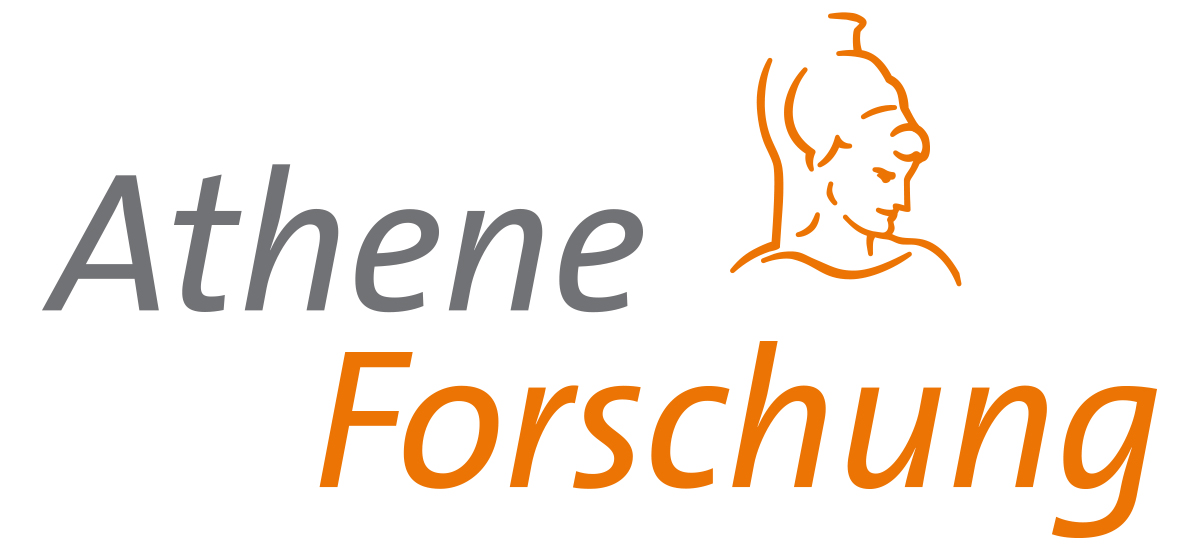Authors:
Balestrero Machado, Larissa; Hofacker, Max; Gomez Martinez, Harvey; Pany, Thomas; Förstner, Roger
Document type:
Konferenzbeitrag / Conference Paper
Title:
Spacecraft Trajectory Simulation for Autonomous Landing on Small Planetary Bodies
Title of conference publication:
IAC 2020 congress proceedings
Subtitle of conference publication:
71st International Astronautical Congress (IAC) — IAC CyberSpace Edition , 12–14 October 2020
Organizer (entity):
International Astronautical Federation (IAF)
Conference title:
International Astronautical Congress (71., 2020)
Year of conference:
2020
Date of conference beginning:
12.10.2020
Date of conference ending:
14.10.2020
Place of publication:
Paris
Publishing institution:
International Astronautical Federation (IAF)
Year:
2020
Language:
Englisch
Keywords:
Autonomous Landing ; Asteroid Landing ; Spacecraft GNC ; Landing Emulation Environment
Abstract:
The exploration of small planetary bodies such as asteroid and comets has seen rising interest in recent years. Small bodies can provide valuable information about the formation of our solar system and serve as test beds and potential sources of raw materials for deep space missions. To this date, successful missions were able to obtain valuable information, however, there are still significant gaps in the knowledge about the physical and chemical characteristics of asteroids and comets. The internal composition, which is crucial for the identification of resources, is especially difficult to obtain, as it requires in-situ measurements that can only be performed by landing on the surface of the body. Landing on asteroids, however, is challenging due to their irregular gravitational field and the impracticality of remotely controlling a spacecraft at such large distances from Earth. Therefore, such missions bring the need for further technological development in the field of autonomous landing. The KaNaRiA-NaKoRa project presented in this paper addresses this issue by targeting the hardware-oriented development, validation and test of methods, algorithms and sensors used to perform autonomous landing safely and reliably on small planetary bodies. The central aspect of the project is the creation of an emulation environment for the development and validation of the GNC system of an autonomous lander. This environment is composed of two parts: a model & simulation module and a multicopter flight module. The model & simulation module contains the small body force model, the dynamics model of the spacecraft and the guidance and control algorithms. The flight module uses a multicopter UAV to emulate the spacecraft dynamics during landing while carrying a navigation suite consisting of IMU and LiDAR sensors for terrain relative navigation and hazard detection and avoidance. The UAV follows a trajectory provided by the simulation module, which is in turn constantly updated based on the data received from the navigation suite of the UAV. The final objective is to have a tool capable of bringing the GNC algorithms to a Technical Readiness Level of 5 by performing the emulation in an asteroid-like environment to obtain realistic navigation data. The paper presents the overall architecture of the emulation environment and then focuses on the spacecraft dynamics model and guidance and control algorithms.
Department:
Fakultät für Luft- und Raumfahrttechnik
Institute:
LRT 9 - Institut für Raumfahrttechnik und Weltraumnutzung
Chair:
Förstner, Roger; Pany, Thomas
Open Access yes or no?:
Nein / No




 BibTeX
BibTeX